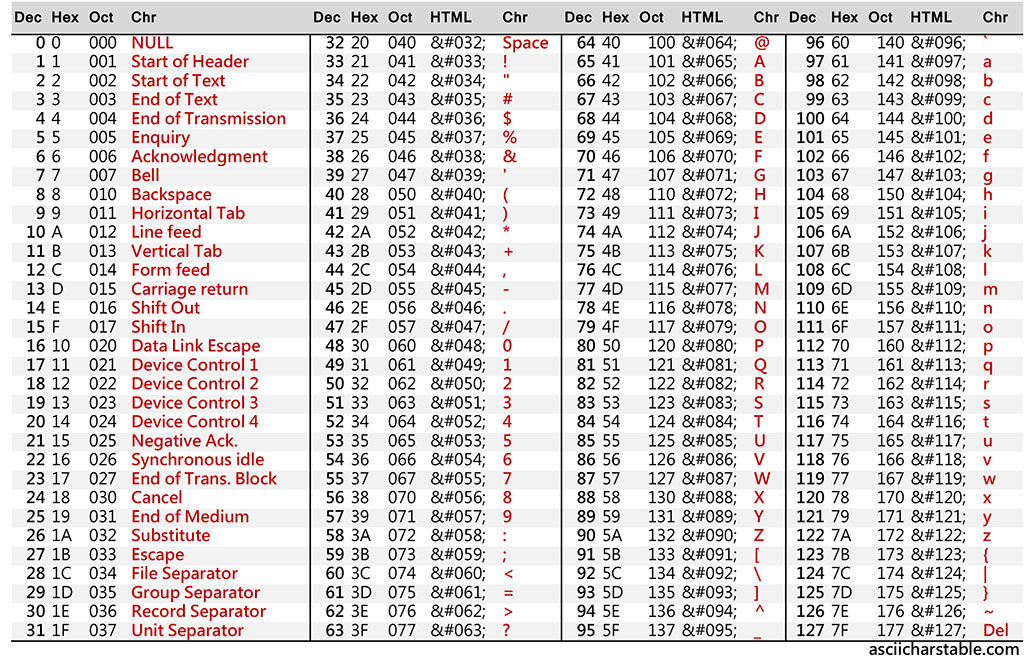A variable is a container that holds some value. In Java, before a variable can be used it must be defined with a variable declaration statement and an optional initialization assignment. The variable declaration includes the type of data that can be stored in the variable and an identifier.
type identifier [= value];
Tab, newline, and space characters are considered whitespace characters. When writing programs we place whitespace characters (at least one) between the tokens in a statement. In most cases, multiple whitespace characters are allowed and ignored.
Java is a strongly typed programming language. That means each variable declaration specifies a specific type which defines the values that can be stored in the variable. A type can be either primitive or reference.
Identifiers
- Can be made of upper and lowercase letters, numbers, underscore and dollar sign.
- Can not begin with number
- Can not be a Java keyword
Identifier Conventions
- Variables and methods begin with lowercase letters
- Classes begin with capital letters
A literal defines an explicit value. We often initialize variables using literals.
int age = 1;
double grade = 98.6;
char initial = 'A';
String phrase = "Hello World!";
boolean foundToken = false;
Variables can also be initialized using other expressions, but we’ll get to them later.
int w = x;
int y = foo();
int z = w * x;
An assignment statement is terminated with a semi-colon.
Primitive Types
The Java primitive types are
- byte, short, int, long
- float, double
- char
- boolean
Integers (byte, short, int, and long)
- long (64) [-2^63, 2^63-1]
- int (32) [-2^31, 2^31-1]
- short (16) [-32,768, 32,767]
- byte (8) [-128, 127]
int age = 10;
long age = 100000000;
- byte and shorts are promoted (actually stored as) ints
Floating-point (float, double)
double average = 3.04;
double count = 10.3E10;
- double is often faster than float on modern computers
- Many math functions return doubles
Characters (char)
- char (16)
- Represent Unicode symbols
char ch1, ch2;
ch1 = 88; // ASCII decimal value for 'X'
ch2 = 'Y';
char ch3 = '\''; // single quote character
char ch4 = '\n'; // new line character
Boolean (boolean)
- boolean (size undefined)
- Represents true/false
boolean flag = true;
Reference Types
A variable that has a reference type can store a reference (memory location) to where an instance of the reference type is stored. For example we can store a sequence of characters in memory and have a reference variable hold the location to where the strings are stored.
String name = "Eric";
String directory = "\\root";
String title = "\"To Kill a Mockingbird\"";
